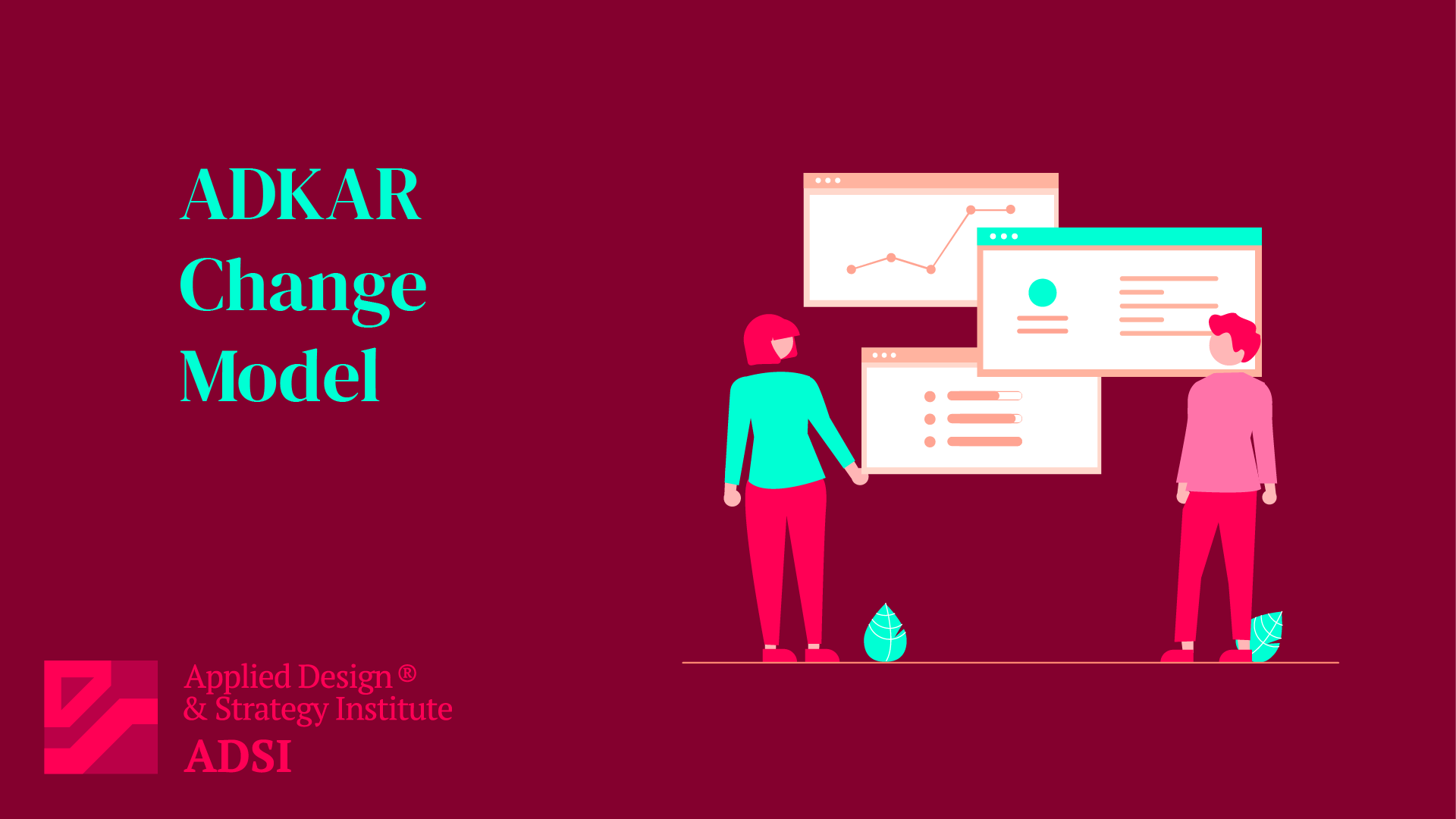The ADKAR Model of Change Management
The ADKAR Model of Change Management, developed by Prosci founder Jeff Hiatt, is a goal-oriented change management tool that guides individuals and organizations through the change process. ADKAR is an acronym representing five sequential steps: Awareness, Desire, Knowledge, Ability, and Reinforcement. These steps are designed to facilitate change at an individual level, which collectively leads to effective organizational change.
The Five Stages of the ADKAR Model
- Awareness: The first step involves creating awareness of the need for change. This includes understanding why the change is necessary and what the risks of not changing are.
- Desire: Desire to support and engage in the change is the second stage. This is where individuals become motivated to participate and support the change process.
- Knowledge: Knowledge about how to change is the third stage. This involves providing the information and training needed to know what to do during the change.
- Ability: Ability refers to the implementation of the change. This stage focuses on developing the skills and behaviors required for the change.
- Reinforcement: The final stage, reinforcement, is crucial to sustain the change. This involves embedding the change into the culture and practices to ensure it sticks over time.
Importance of the Model
The ADKAR Model is highly effective in ensuring that change is thoroughly and smoothly implemented. By focusing on each stage, change leaders can address the human side of change, which is often the most challenging aspect of organizational change initiatives.
Application in Various Contexts
The model is versatile and can be applied to a range of changes, from minor procedural changes to major organizational restructuring. Its focus on the individual makes it particularly useful in managing the people aspect of change.
Conclusion
The ADKAR Model of Change Management offers a structured and easy-to-understand approach to navigating the complexities of change in organizations. By addressing each element of the model, leaders can guide their teams through change more effectively and ensure lasting results.



Leave a Reply